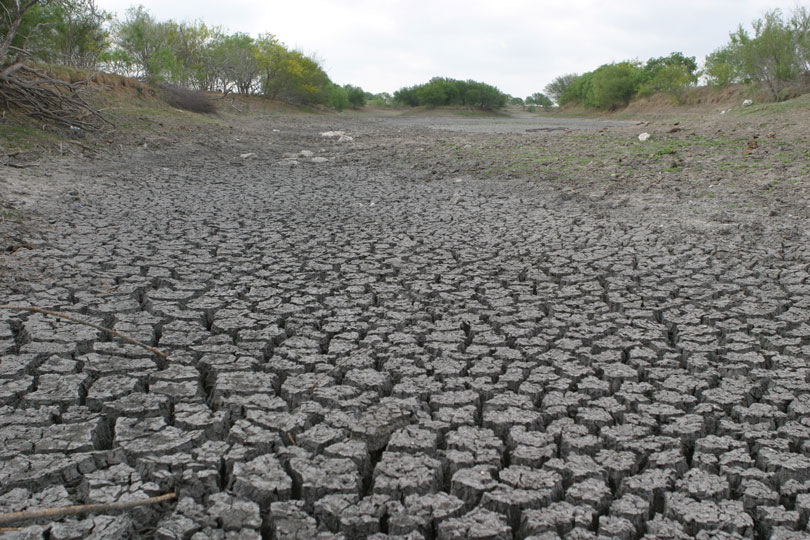By Justin Walker
Communications Specialist
Gov. Greg Abbott issued a state of disaster in late August due to drought conditions in the Panhandle and South Texas.
Exceptional drought conditions pose a threat of imminent disaster in Duvall, Hall, Jim Hogg, Randall, Swisher, Webb and Zapata counties.
Only five percent of the state recorded drought conditions in early July, but extreme heat and lack of rain increased those drought levels throughout August. At the end of last month, about 74 percent of the state registered some level of drought, according to the U.S. Drought Monitor.
Wildfire activity has increased in the Lone Star State since the beginning of August. As dry conditions continue, so will wildfires, Bruce Woods, Texas A&M Forest Service mitigation and prevention department head, said.
“Dry conditions and abundance of grass, brush and other ground cover can quickly turn an unattended spark into a wildfire,” Woods said.
Debris burning and equipment use are the most common start of human-caused wildfires in 2019.
To help prevent wildfires, residents are encouraged to follow these recommendations provided by Texas A&M Forest Service:
Safe Equipment Use:
- Grinders, welders, mowers, shredders, balers and other heavy equipment all produce heat and have the potential to start a wildfire. Exercise caution when using equipment on hot, dry and windy days.
- Keep the machinery free of debris build-up and in good repair. Always keep a fire extinguisher nearby in case a fire starts.
- Residents should avoid driving in tall, dry grass where the hot catalytic converter can start wildfires. Catalytic converters operate between 550-1,600° F and can reach 2,000° F if the engine is not running properly.
Safe Debris Burning:
- Before burning, check with officials to make sure your county is not under a burn ban.
- Choose a day to burn with winds under 10 mph and high relative humidity for your area.
- Keep the debris pile small and only add more material as it burns down. Clear the area around the pile down to mineral soil.
- Always stay with your fire and have equipment on hand in case it gets out of the designated area.
Residents should also follow all local burn regulations in place. County burn bans restrict outdoor burning for public safety. Texas county burn bans can be found at http://tfswebtamu.edu/TexasBurnBans/.

